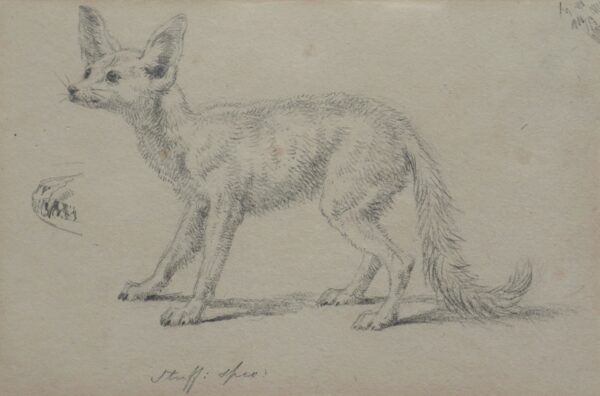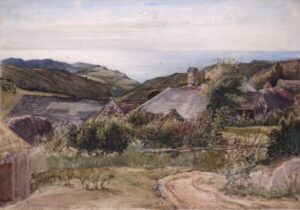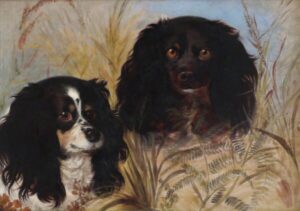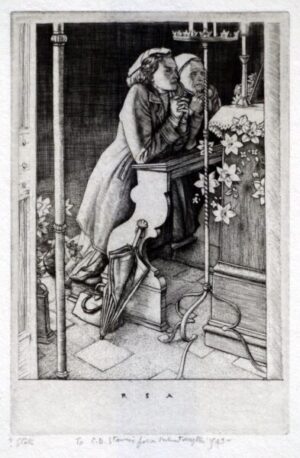Brand
Landseer, Sir Edwin Henry (1802-1873)
Landseer was a brilliant animal painter whose work had added appeal in the Victorian age because of his tendency to give his animal scenes a moral dimension. These pictures were widely circulated in his time in the form of engravings, often made by his brother Thomas. Edwin Landseer was the youngest son of an engraver. The three Landseer brothers studied under Benjamin Robert Haydon, the historical painter, from 1815. Haydon encouraged Landseer to study animal anatomy. In 1816, Landseer entered the Royal Academy Schools, but he had already exhibited at the Royal Academy Summer Exhibition in the previous year. He was elected Associate of the Royal Academy in 1826 aged only twenty four, and full Academician in 1831 when not yet thirty.
In 1824 Landseer made the first of many visits to Scotland. He fell in love with the Highlands, which inspired many of his later paintings such as 'The Monarch of the Glen' (Royal Academy 1851, John Dewar & Sons Limited). He also visited Sir Walter Scott, who admired his paintings and chose him as one of the illustrators to the Waverley edition of his novels. In the 1830s his work gained wide popularity and was bought both by the aristocracy and the newly important middle class. He himself moved freely in aristocratic circles, and after 1836 he enjoyed royal patronage, especially in the 1840s when Victoria and Albert also discovered Scotland. He paid his first visit to their home, Balmoral in 1850 to paint a large group portrait of the royal family. He was knighted that year even though the painting was never finished.
After a breakdown in 1840, partly caused by the failure of the royal portrait, Landseer had a permanent fight against depression and ill health, although he continued to paint brilliantly almost until the end of his life. In the 1860s he modelled the lions at the base of Nelson's Column in Trafalgar Square and these were unveiled in 1867. In 1866 he declined the presidency of the Royal Academy, and after 1870 sank slowly into madness. A major exhibition of his work was held at the Tate Gallery in 1981, organised by Richard Ormond. — Hilary Morgan.



